Texas Outdoors Network
-
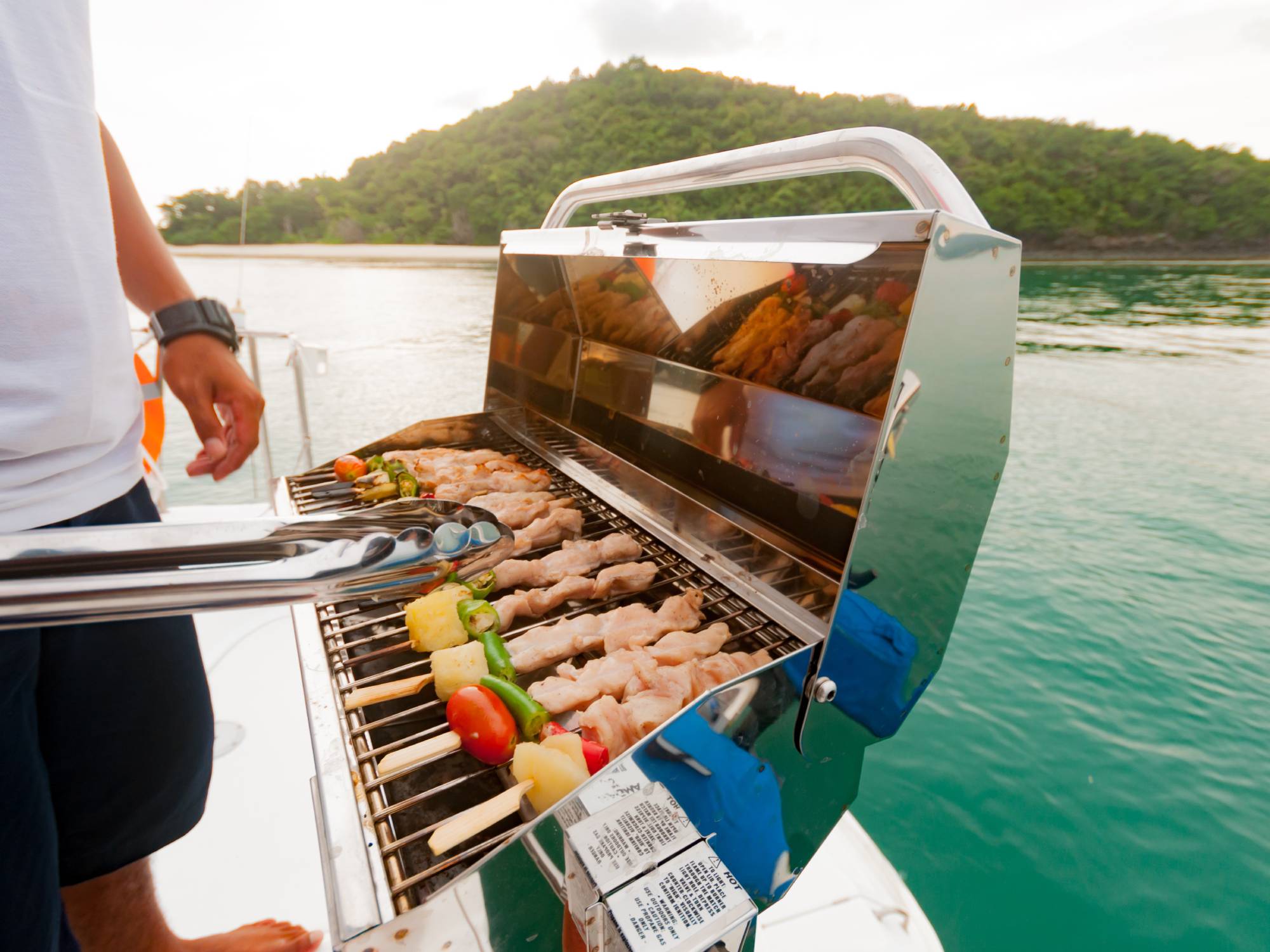
How To Throw a Summer Barbecue on a Boat
There’s no better combination than good food and good friends out on the water. Learn what you should do to throw a perfect barbecue on a boat.
-
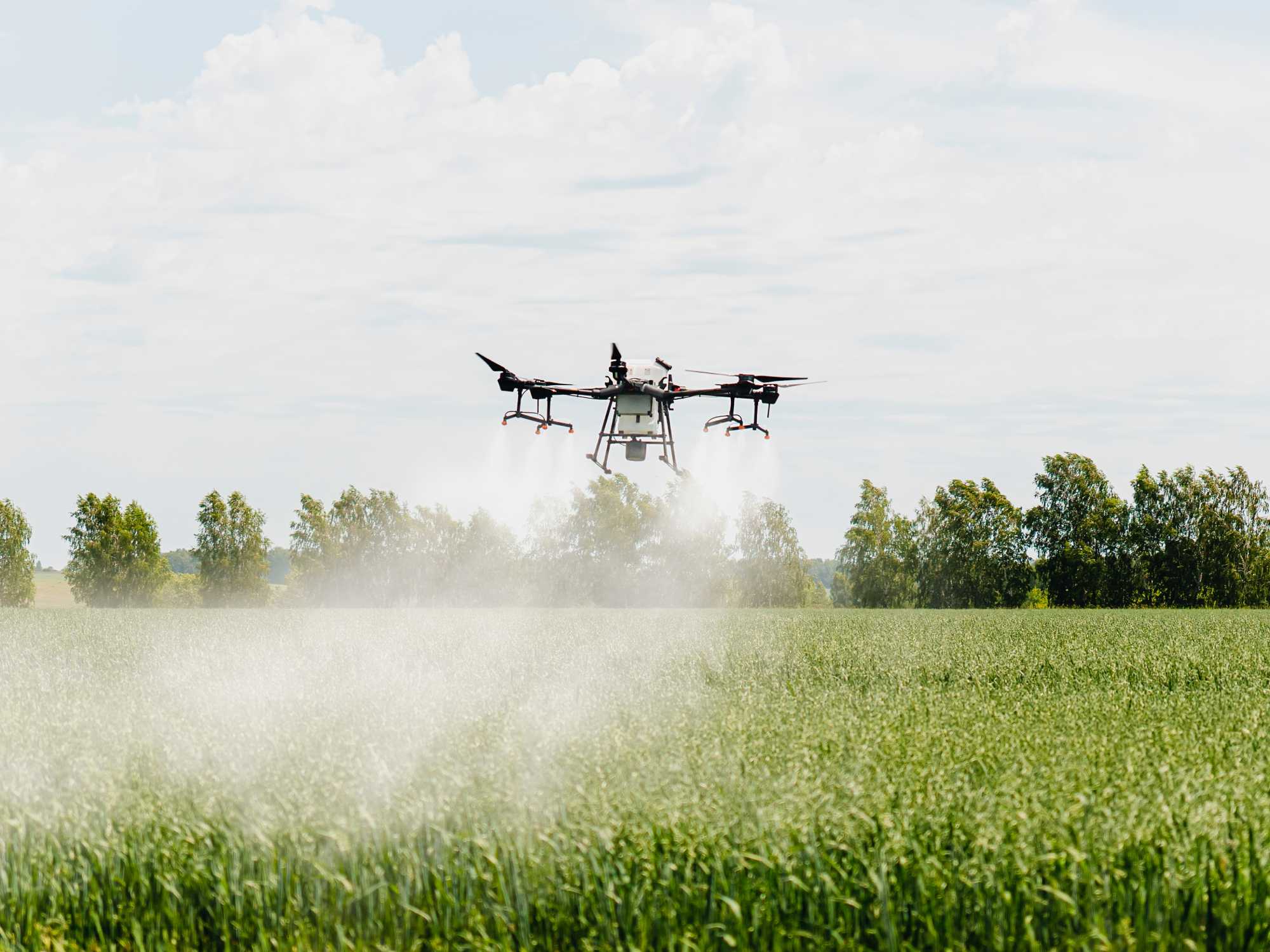
4 Important Benefits of Using Agricultural Drones
Agricultural drones have transformed farming operations in a variety of exciting ways. Let’s explore the important benefits of using agricultural drones.
-
Free Fishing Day in Texas Scheduled for June 1
AUSTIN – The Texas tradition of Free Fishing Day returns this Saturday, June 1, at public waterways across the state. Each year on the first Saturday in June, Texans and our visitors can pack their tackle boxes, get their fishing poles ready and go fish on any public waterway in the state without a fishing…
-

How To Establish and Maintain a Pasture for Livestock
A healthy pasture is essential for raising horses and cattle. Discover the key steps to establish and maintain a pasture for livestock in this post.
-
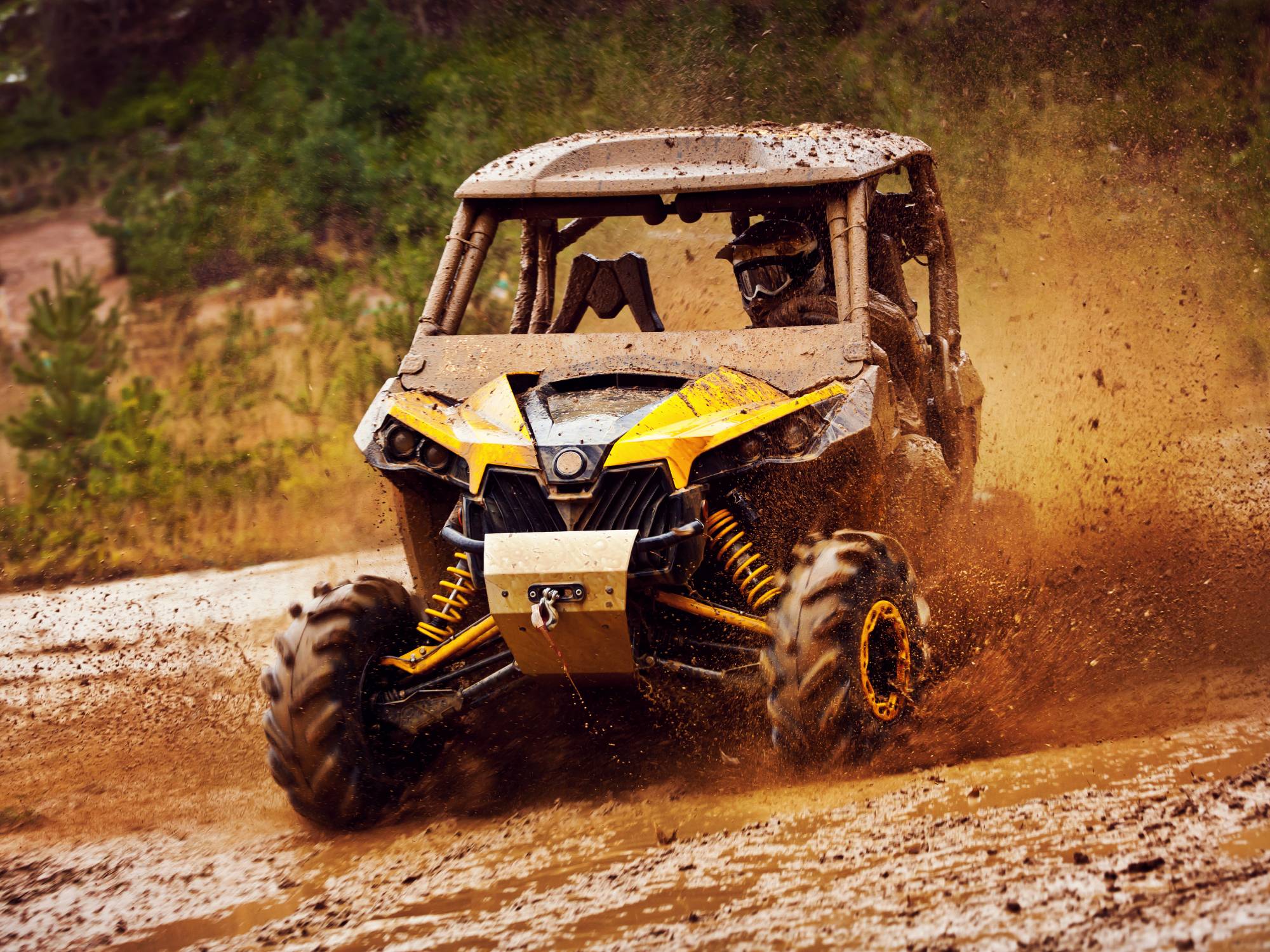
Most Important Things To Remember When Off-Roading
Before riding onto your next off-road trail, there are some essentials to keep in mind. Here are the most important things to remember when off-roading.
-
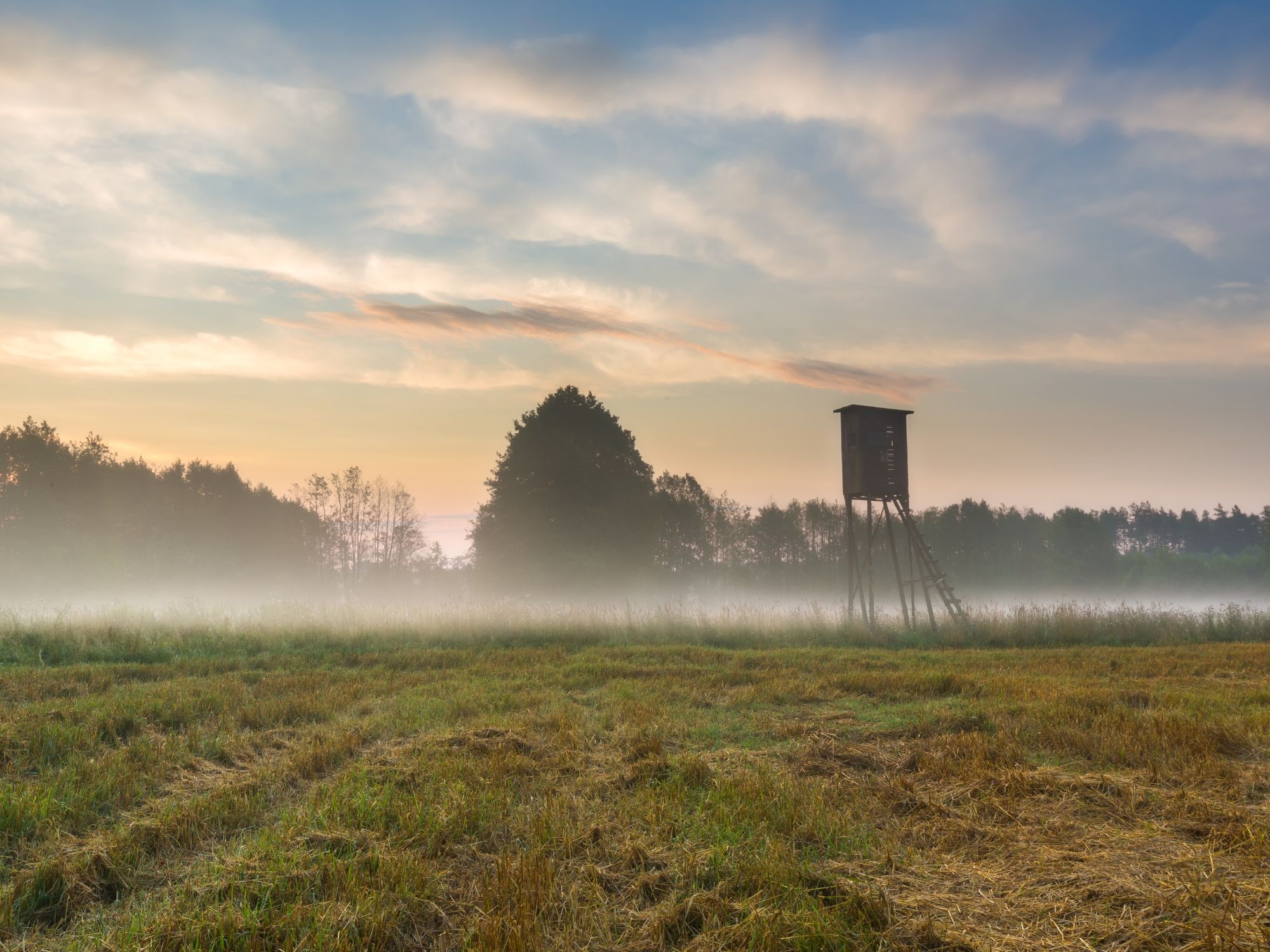
How To Transform Farming Land Into Hunting Grounds
Sometimes, finding the best hunting grounds in your area requires you to create those hunting grounds. Learn how to turn farming land into ideal hunting land.
-
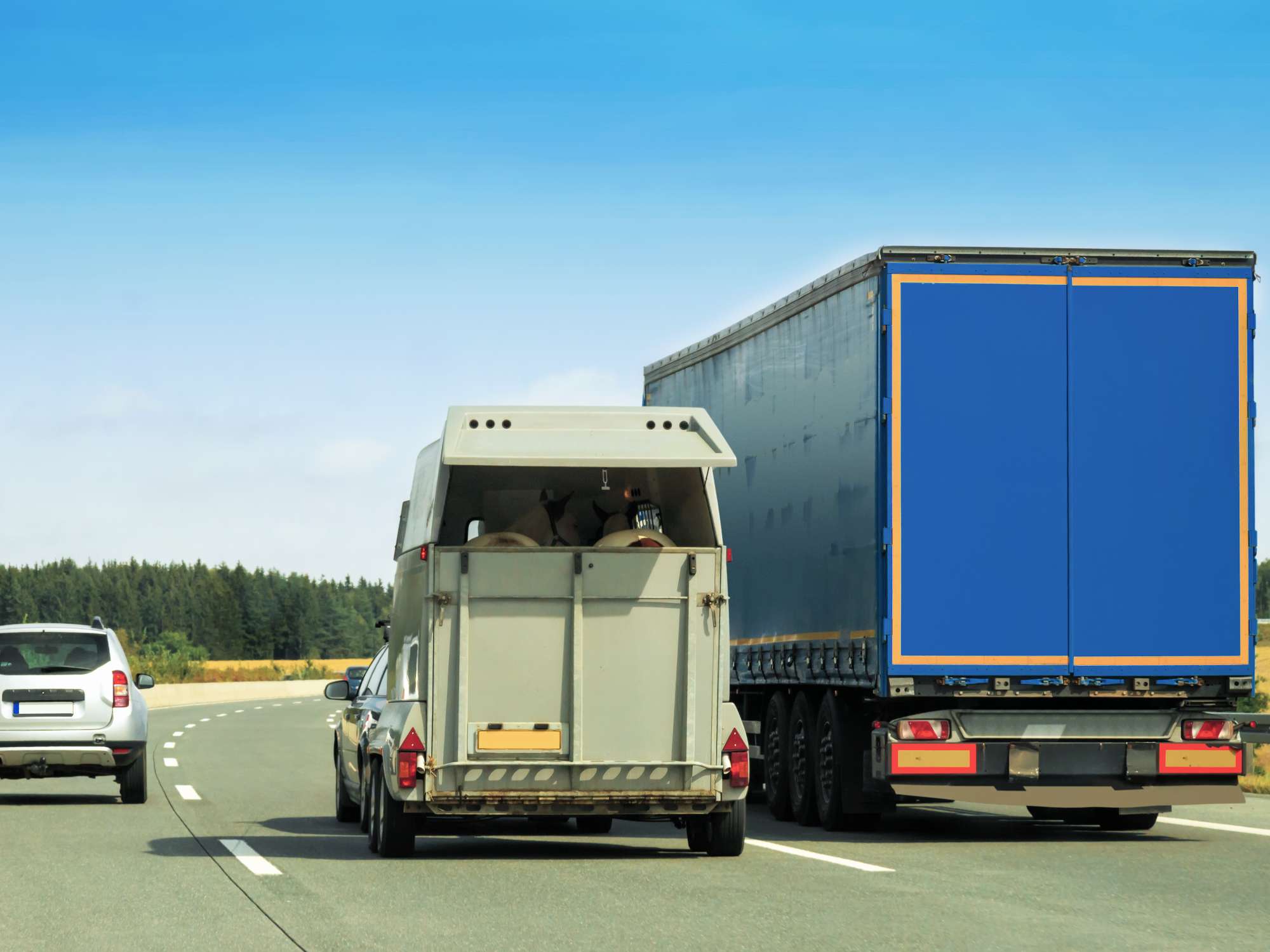
Share the Road With Trucks and Trailers Safely
When you’re hurrying to your favorite fishin’ hole or hunting spot, it’s important to share the road with trucks and trailers safely.
-
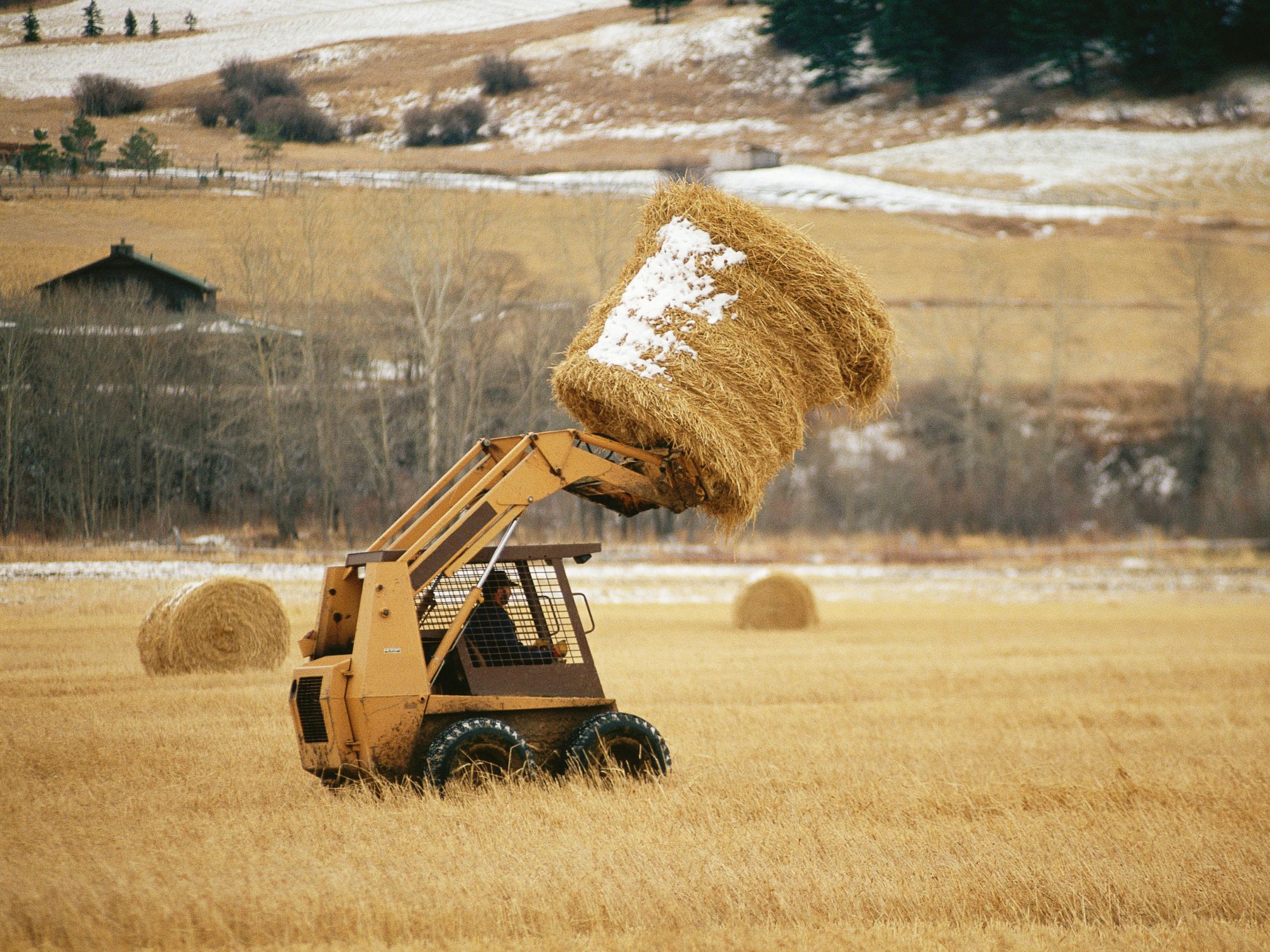
Must-Know Tips for Maintaining Your Ranch
Are you a ranch owner looking to keep your property in top shape? Check out these essential tips for maintaining your ranch and keeping it thriving.
-
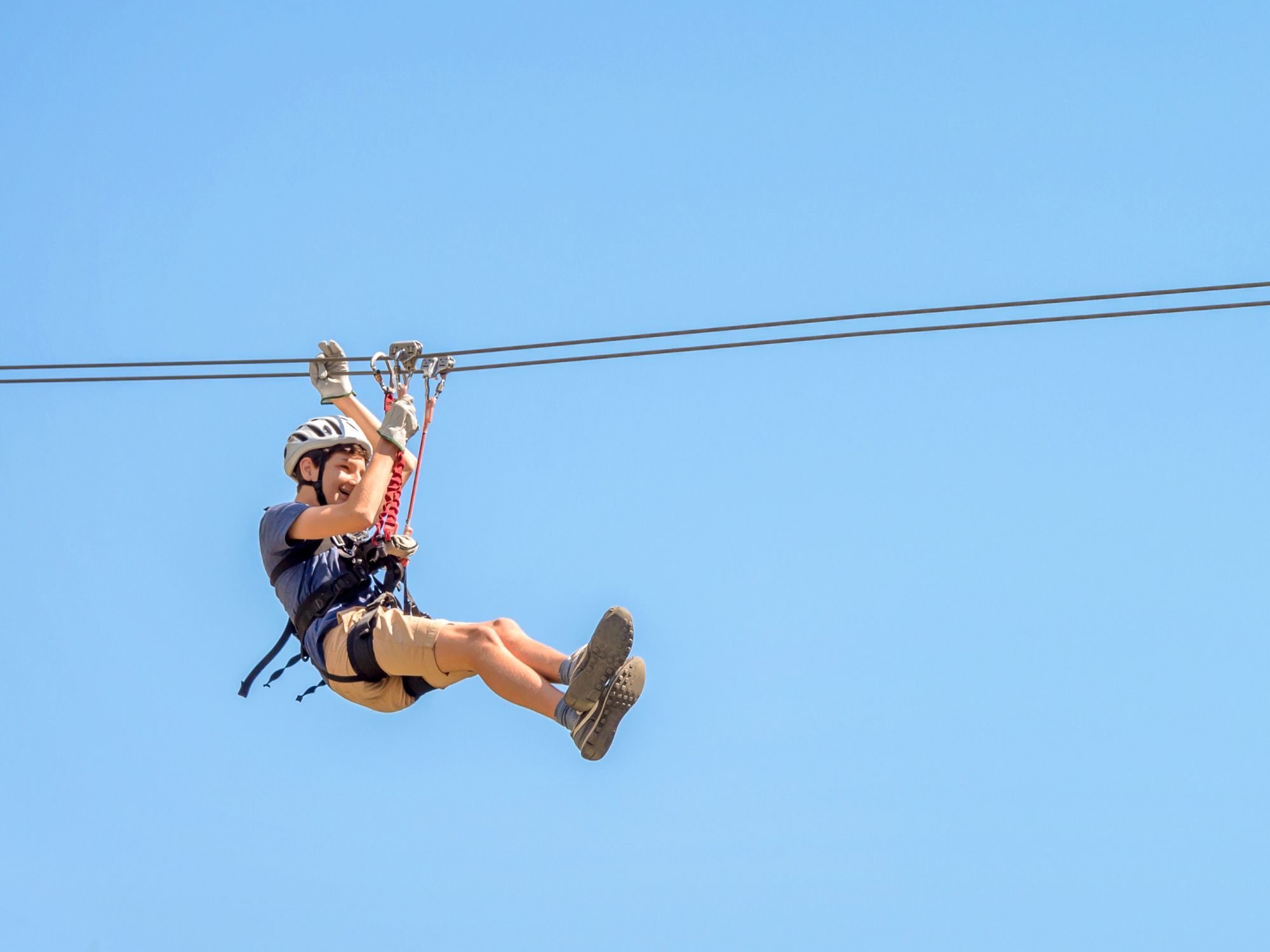
Top 5 Unique Summer Thrills To Try This Year
Are you thinking about family-friendly but thrilling ways to spend your summer? Keep reading to discover a few Texas adventures to try this year.
-

Places in Texas Where You Can See Bighorn Sheep
Texas is home to incredible wildlife, including bighorn sheep. Learn some of the places you can visit to try to spot these incredible animals.
-
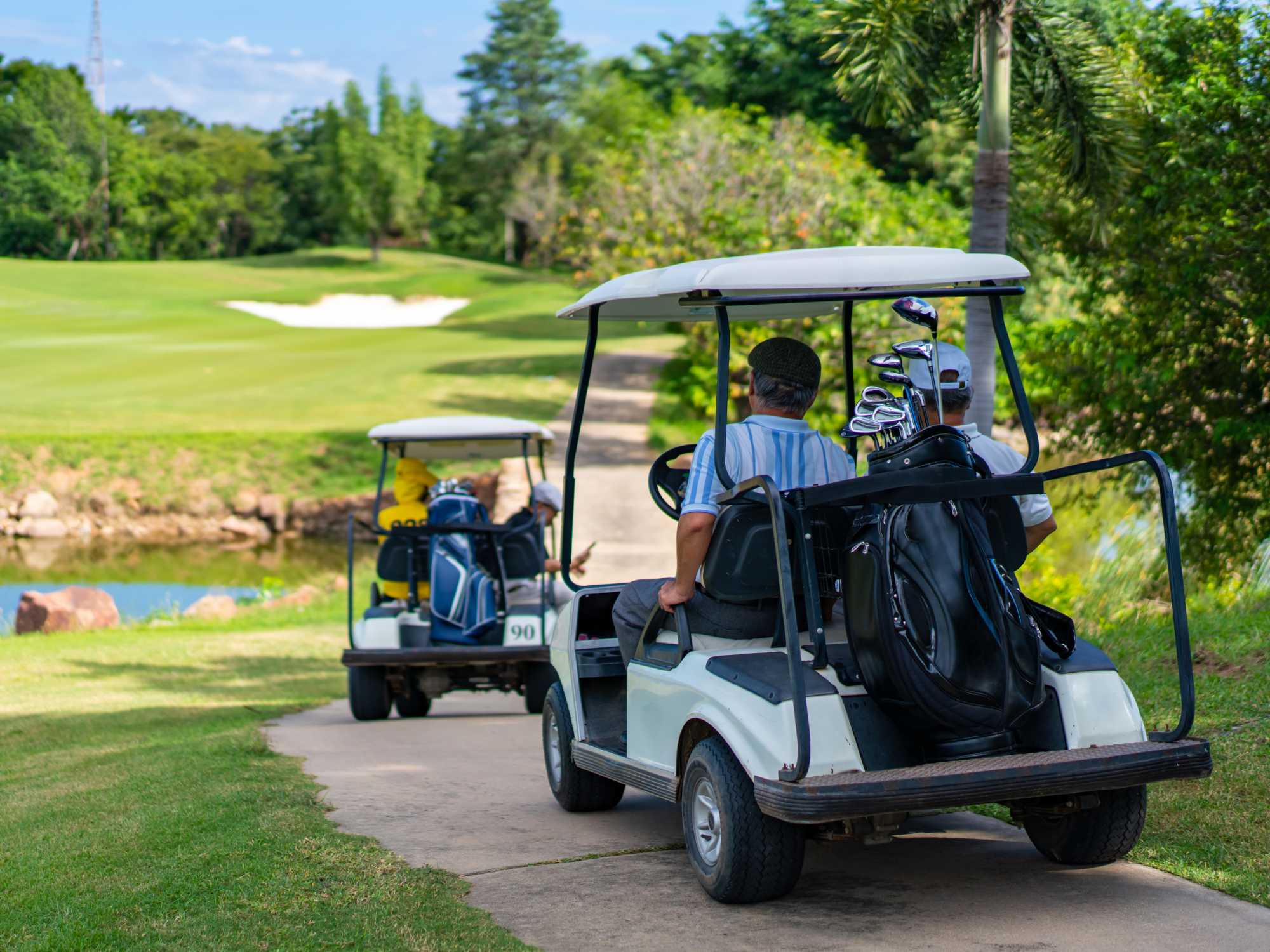
Beat the Heat With These Summer Golf Tips
Beating the heat on the golf course requires a strategic plan and some careful steps. We help you stay cool and enjoy the game with some helpful tips.
-
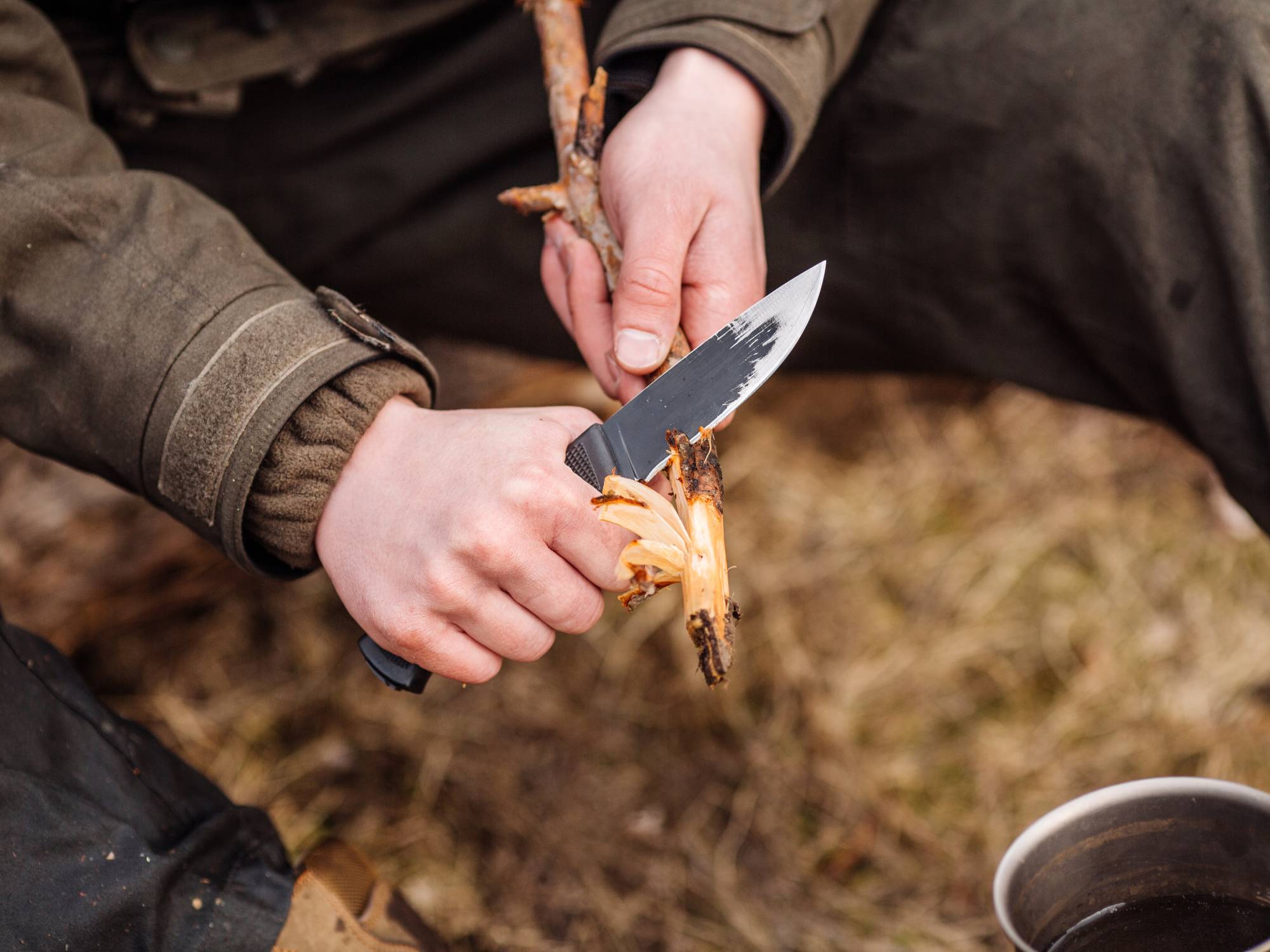
Avoid These Mistakes When Buying a Knife
Buying a knife requires careful consideration and diligent education to avoid making a mistake. Here are the mistakes you’ll want to avoid when buying a life.
Got any book recommendations?